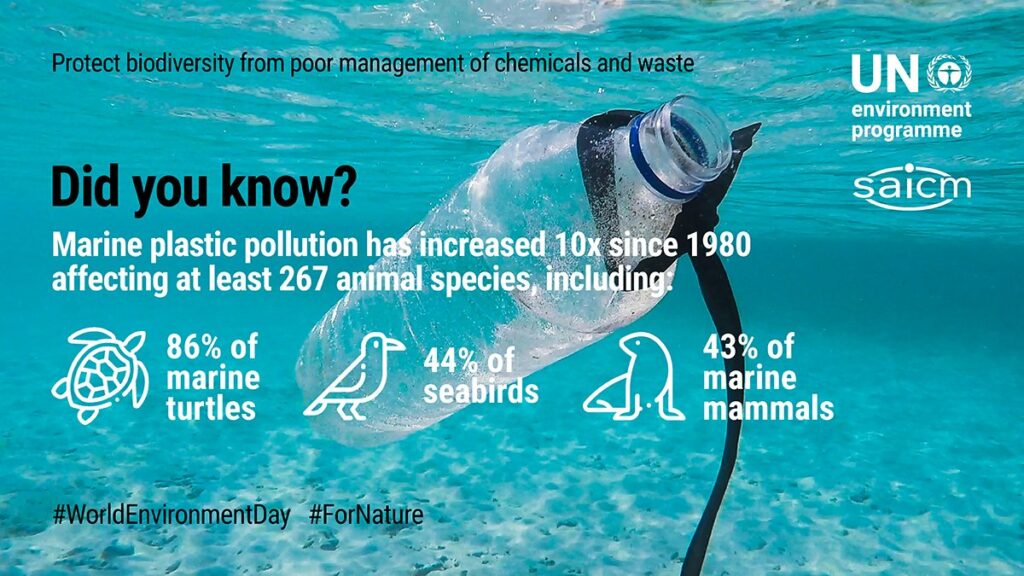
Exploring the Intersection of Technology and Sustainability in Meat Packing Plant Effluent Treatment
The intersection of technology and sustainability in meat packing plant effluent treatment is a critical area of focus in the modern food processing industry. This convergence is reshaping how the industry manages waste, and it is helping to mitigate the environmental impact of meat production.
Sustainable Development Goals (SDGs)
- Goal 6: Clean Water and Sanitation
- Goal 7: Affordable and Clean Energy
- Goal 9: Industry, Innovation, and Infrastructure
- Goal 12: Responsible Consumption and Production
- Goal 13: Climate Action
Advanced Anaerobic Digestion Systems
- Utilize microorganisms to break down organic matter in the effluent
- Produce biogas as a source of renewable energy
- Reduce reliance on fossil fuels
- Generate residual material as nutrient-rich fertilizer for circular economy approach
Membrane Bioreactor (MBR) Technology
- Combine activated sludge treatment with membrane liquid-solid separation process
- Highly effective treatment method
- Significantly reduce effluent volume
- Minimize water usage
- Ensure discharged water meets environmental standards
- Allow for water recovery and reuse
Data Analytics and Automation
- Deploy advanced sensors and monitoring systems for real-time data collection
- Analyze data to identify inefficiencies and optimize treatment process
- Significant cost and resource savings
- Enhance reliability and consistency of effluent treatment through automation technologies
- Adjust treatment parameters in response to changes in effluent quality
- Reduce risk of non-compliance with environmental regulations
The successful implementation of these technologies requires a commitment to continuous innovation and a willingness to invest in sustainable practices.
Conclusion
The integration of technology and sustainability in meat packing plant effluent treatment is not just a trend, but a necessity in today’s environmentally conscious world. By leveraging advanced technologies, meat packing plants can improve their effluent treatment processes, reduce their environmental footprint, and contribute to a more sustainable future. As the industry continues to evolve, it is clear that technology will play a pivotal role in shaping sustainable practices and driving the sector towards a more sustainable future.
SDGs, Targets, and Indicators
| SDGs | Targets | Indicators |
|---|---|---|
| SDG 6: Clean Water and Sanitation | 6.3: Improve water quality by reducing pollution, eliminating dumping, and minimizing the release of hazardous chemicals and materials | – Reduction in the release of harmful pollutants from meat packing plant effluent – Compliance with environmental standards for discharged water |
| SDG 7: Affordable and Clean Energy | 7.2: Increase the share of renewable energy in the global energy mix | – Use of biogas produced from anaerobic digestion as a source of renewable energy |
| SDG 9: Industry, Innovation, and Infrastructure | 9.4: Upgrade infrastructure and retrofit industries to make them sustainable, with increased resource-use efficiency and greater adoption of clean and environmentally sound technologies and industrial processes | – Adoption of advanced anaerobic digestion systems and membrane bioreactor (MBR) technology for more sustainable effluent treatment – Use of data analytics and automation to optimize treatment processes |
| SDG 12: Responsible Consumption and Production | 12.4: By 2020, achieve the environmentally sound management of chemicals and all wastes throughout their life cycle, in accordance with agreed international frameworks, and significantly reduce their release to air, water, and soil to minimize their adverse impacts on human health and the environment | – Implementation of sustainable and efficient effluent treatment methods to minimize the release of harmful pollutants – Reduction in water usage through the use of MBR technology and water recovery |
| SDG 13: Climate Action | 13.3: Improve education, awareness-raising, and human and institutional capacity on climate change mitigation, adaptation, impact reduction, and early warning | – Contribution to climate change mitigation through the use of renewable energy sources such as biogas |
Behold! This splendid article springs forth from the wellspring of knowledge, shaped by a wondrous proprietary AI technology that delved into a vast ocean of data, illuminating the path towards the Sustainable Development Goals. Remember that all rights are reserved by SDG Investors LLC, empowering us to champion progress together.
Source: energyportal.eu

Join us, as fellow seekers of change, on a transformative journey at https://sdgtalks.ai/welcome, where you can become a member and actively contribute to shaping a brighter future.






